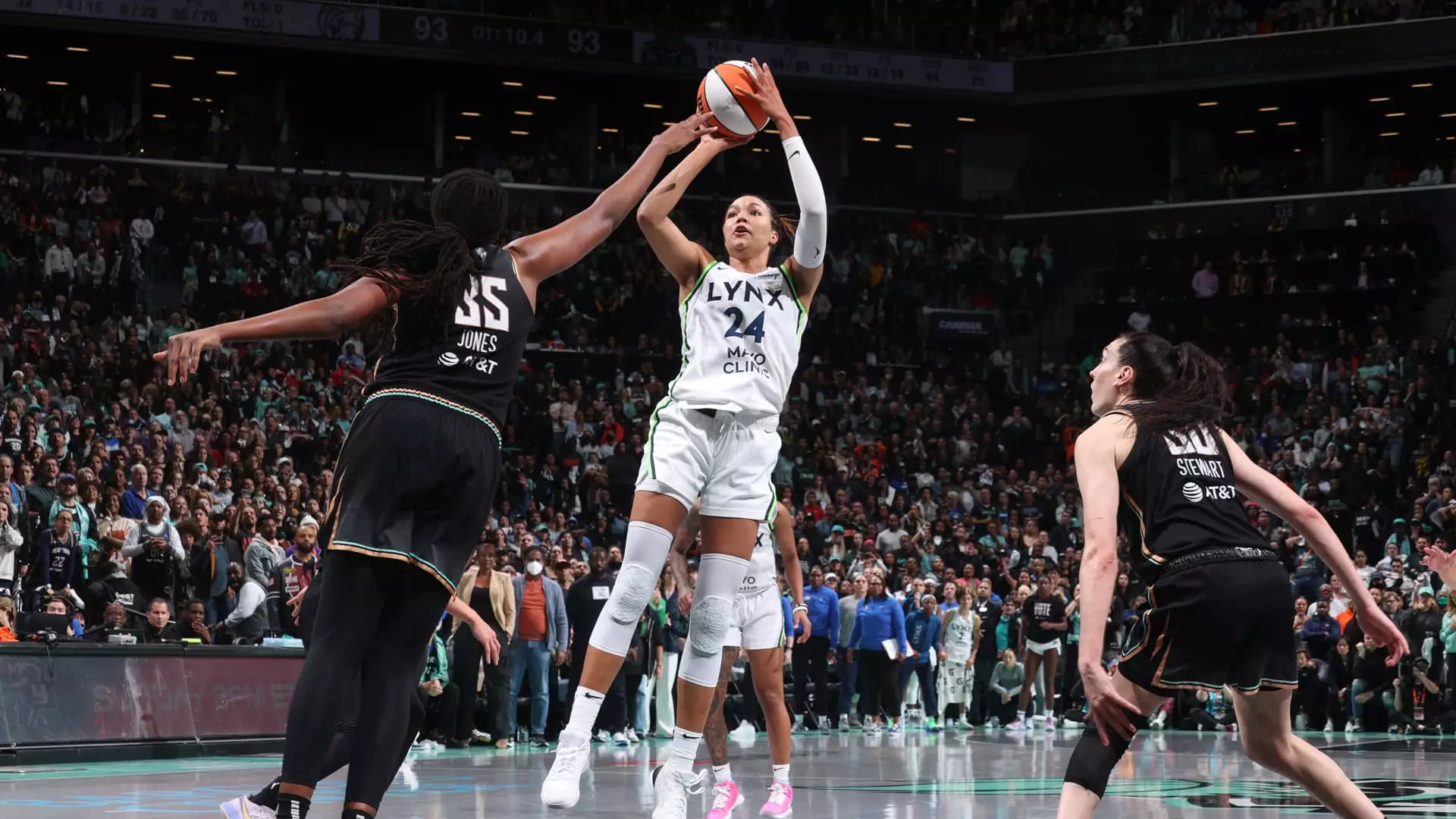The Women’s National Basketball Association (WNBA) is on the brink of an exciting transformation as it gears up for the 2025 season. Engulfed in a swirl of increasing viewership, attendance, and overall popularity, the league has decided to expand its regular season and playoff format. These significant changes represent not only a reaction to heightened interest but also a pivotal moment for women’s sports in general.
WNBA Commissioner Cathy Engelbert recently announced that the regular season will grow from 40 to 44 games, a strategic move aimed at providing fans with more opportunities to engage with their favorite teams and players. Alongside the regular season expansion, the Finals series will evolve from a five-game series to a seven-game series, thus enhancing the stakes for the teams involved. The new format is designed to heighten viewer excitement and increase engagement throughout the postseason. The shift to a 2-2-1-1-1 home game format for the Finals aims to offer a more competitive atmosphere and capitalize on the home-court advantage for higher-seeded teams.
These changes echo a broader trend in professional sports, wherein leagues are keen on maximizing fan experiences and creating a more dynamic arena for competition. Engelbert has articulated that the demand for WNBA basketball led to these developments, and it is an opportune time for the league to take bold strides forward. The post-Covid landscape has allowed the league not only to reconsider its playoff structure but also to embrace the opportunities represented by charter flights for teams and an expanding fan base.
The expansion does not stop with the regular season and playoffs—new teams are also set to join the league. The introduction of the Golden State Valkyries will mark the WNBA’s 13th team, while expansion teams in Toronto and Portland are scheduled to debut in 2026. This growth signals a burgeoning interest in women’s basketball not just in the United States but also in other markets; Toronto and Portland are seen as prime locations due to their enthusiastic sports culture. Engelbert’s affirmation of discussions for a 16th team indicates a commitment to building a well-structured league that can maintain long-term sustainability and growth.
The excitement surrounding the WNBA’s expansion is underscored by recent successes, including a staggering $2.2 billion media rights deal spanning 11 seasons. This lucrative contract, negotiated alongside the NBA’s framework, showcases the financial viability of women’s sports. It highlights that media executives and investors are increasingly recognizing the market potential within women’s athletics—a phenomenon that’s rapidly gaining momentum across multiple disciplines.
However, the journey toward success has not been without its challenges. As the WNBA experiences growth, there is a parallel narrative involving the troubling realities of racism and online harassment faced by players. While Engelbert has made strides to acknowledge these issues, her initial response—lacking a robust condemnation of such behavior—drew scrutiny from many corners. It is essential for leadership in the league to ensure that off-court behaviors and attitudes do not tarnish the successes being achieved on the court. Addressing these concerns with sincerity can aid in creating a safe space for all athletes and further enhance the league’s reputation.
Moreover, as the league gains further traction, it becomes essential to maintain a balance in revenue allocation, ensuring that the spotlight remains on the athletes and the incredible performances they deliver. The emergence of exciting new talents like Caitlin Clark and Angel Reese, alongside established stars like Breanna Stewart and A’ja Wilson, augurs a bright future for the league. Fans are eager to witness the evolution of the game as new rivalries and stories unfold.
As the WNBA prepares for its 2025 season, the future looks promising. A combination of expanded opportunities, new teams, and rising stars presents a compelling narrative for the league that resonates with fans across the board. The Finals are already capturing attention, with thrilling matchups like the ongoing series between the Minnesota Lynx and the New York Liberty showcasing the peak of competitive women’s basketball.
The WNBA’s evolution is not merely about numbers and games; it’s about setting a precedent for women’s sports, inspiring a new generation of athletes, and fostering an environment where equality and talent can thrive. Such strides suggest that we are witnessing the dawn of a new era in women’s basketball, poised to make a lasting impact on both the sport and society as a whole.

